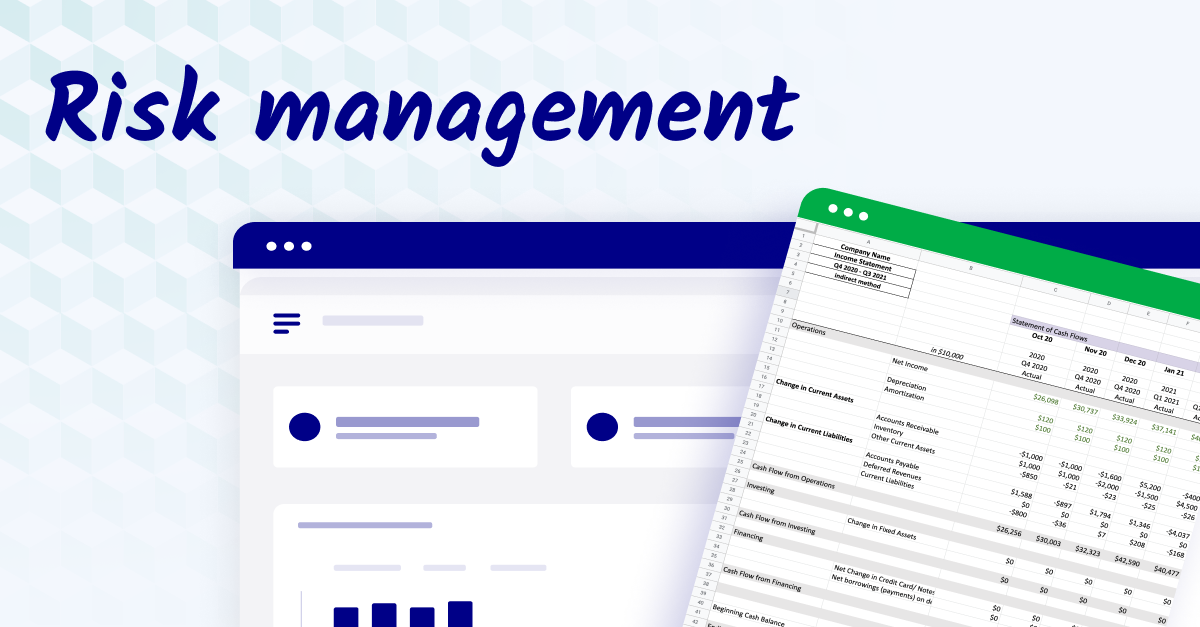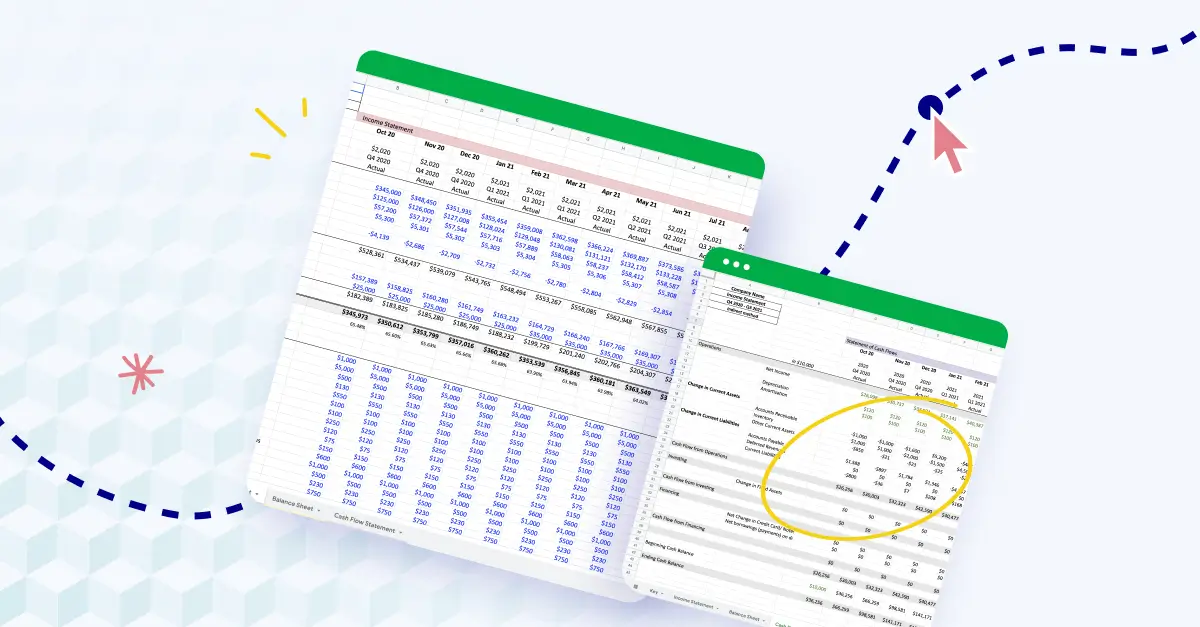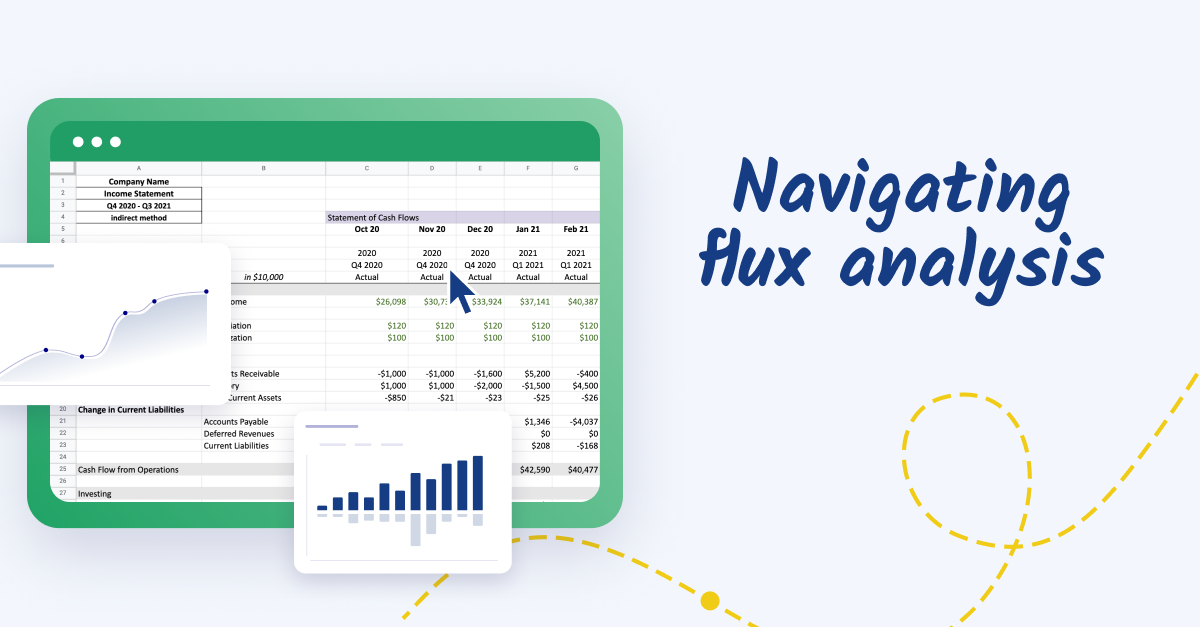Understanding the basics of risk in financial planning
Recognizing and understanding risk is the cornerstone for building a resilient, successful business. When it comes to financial planning, risk refers to the potential for unexpected events to negatively impact the financial health and stability of your business. It’s the uncertainty that looms over financial outcomes and objectives, potentially leading to unwanted results.
Understanding these uncertainties allows you to make more informed decisions and take proactive measures to mitigate potential damage. There are many different kinds of risk to be aware of, including:
Market risk
This type of risk is related to fluctuations in the market, which can affect the performance of investments and asset values. For example, an economic downturn can lower the value of your company’s investments, leading to financial loss.
Credit risk
Credit risk refers to the possibility that borrowers or counterparties will fail to meet their obligations. For example, if a customer defaults on a payment, it can impact your business’s cash flow and financial health.
Operational risk
Operational risk concerns the risk of loss resulting from inadequate or failed internal processes, people, or systems. For example, if a critical system failure leads to operational disruption, it can cause significant financial strain.
Each type of risk can have a substantial impact on your business’s financial planning and overall stability. Understanding and identifying these risks helps you develop strategies to manage and minimize their potential impact, leading to stronger, more resilient financial planning and outcomes.

The pivotal role of FP&A in risk management
The financial planning and analysis (FP&A) function stands as a defense against financial risk, playing a critical role in understanding, identifying, and navigating uncertainties in businesses.
FP&A professionals are at the epicenter of a company’s financial planning process. They possess a comprehensive view of a company's financial landscape and are adept at foreseeing potential risks. Their insights are instrumental in alerting the organization to potential threats and vulnerabilities early on, allowing for timely interventions and strategic adjustments.
FP&A teams routinely analyze financial data and trends, helping them to proactively identify possible risks and uncertainties that may disrupt financial objectives. Plus, through meticulous analysis, FP&A teams can assess the extent and potential impact of identified risks, providing a solid foundation for informed decision-making.
FP&A teams use various tools and frameworks to effectively assess risk, ensuring a more systematic and comprehensive approach to risk management. These include:
Scenario analysis
Scenario analysis allows FP&A teams to evaluate the potential impact of different risk scenarios on the company’s financial health, allowing them to come up with more resilient and adaptive financial plans.
For example, let's say you wanted to know what the financial implications of a sudden drastic shift in oil prices would be on your business's operations and logistics. Scenario analysis would be used to help you anticipate, plan, and mitigate the financial strain by exploring alternative logistics and operational approaches to maintain cost efficiency.
Financial modeling
Financial models help in predicting the financial impact of certain risks, aiding in the development of robust strategies to mitigate potential financial losses.
For instance, a new environmental regulation might impose additional costs on manufacturing processes. You could use financial modeling to analyze and prepare for the financial impact, ensuring strategic adjustments to operations to maintain profitability while adhering to regulatory compliance.
Key performance indicators (KPIs)
Monitoring KPIs allows FP&A professionals to keep a pulse on the business's financial performance and spot any red flags that may signal financial risk.
For example, if the debt-to-equity ratio suddenly spikes, it could indicate a growing reliance on borrowed capital, signaling a potential financial risk. By regularly monitoring this KPI, you can promptly address the issue, exploring strategies to optimize the capital structure and enhance financial stability.
By leveraging these tools and frameworks, the FP&A function plays an essential role in protecting a business’s financial health from risks and uncertainties.
Steps to integrate risk management into financial planning
Incorporating risk management into financial planning demands an articulate, detailed, and methodical approach. Here's a breakdown of the key steps.
1. Identify potential risk factors and uncertainties
The first step involves recognizing possible risks and uncertainties that may impact financial stability.
Start by conducting a thorough analysis of both internal and external environments. A keen observation of market trends, regulatory changes, and global economic indicators will help uncover potential financial risks. For example, an impending regulatory change in the industry might pose a liquidity risk or a market risk, affecting the organization’s financial stability.
Next, it's crucial to gather diverse perspectives. Engage various stakeholders within and outside the organization, including employees, customers, and vendors. Their insights can help identify potential risk factors, providing a more rounded view of possible uncertainties.
2. Quantify risks
After identifying the risks, it’s vital to measure them to gauge their potential impact on the financial health of the business.
Deploy financial models tailored to assess and quantify the identified risks. For instance, assess liquidity risks by creating models to analyze the company’s ability to meet short-term obligations. This modeling offers a clearer picture, allowing you to better prepare for potential financial downturns.
You can also use sensitivity analysis to visualize how different factors and scenarios might affect your organization's financial position. This helps to prioritize and systematically address the most significant financial threats, keeping the focus tight on financial risks without veering into operational aspects.
3. Develop strategies to mitigate identified risks
After identifying and quantifying risks, it’s time to employ strategies to mitigate their potential impact.
One effective strategy is diversification. By spreading assets and investments across various channels, the business can reduce the impact of a poor-performing investment on its overall financial health. This approach helps in minimizing the exposure to any single risk.
Concentrate on maintaining ample liquidity to safeguard against unforeseen financial challenges. Establishing a solid liquidity management framework ensures the business has sufficient cash reserves or access to credit to meet its obligations.
Consider employing futures and options to hedge against potential losses in investment. Hedging serves as a financial cushion, absorbing the shocks of market fluctuations and safeguarding the business's financial assets.
You should also consider purchasing relevant insurance policies to provide a safety net against specific financial risks. Proper insurance offers a layer of protection, keeping the business safe from substantial financial losses.
By following these steps, you can seamlessly integrate risk management within your financial planning process. This integration strengthens your financial foundation and boosts your business’s ability to withstand unexpected financial challenges and uncertainties.
Best practices for successful risk management
Creating a more stable and secure financial framework is an ongoing process. Consider implementing these best practices to successfully mitigate financial uncertainties.
1. Focus on a proactive rather than reactive approach
Prioritizing a proactive stance over a reactive one is fundamental in managing risks effectively.
Create a comprehensive risk management plan that identifies potential risks and outlines strategies to mitigate them. This plan should be regularly reviewed and updated to adapt to changing conditions.
Constantly monitor the financial environment and relevant metrics to detect potential risks early. Early detection enables timely intervention, preventing the escalation of issues.
2. Invest in tools and technologies for real-time data analysis
Harnessing advanced tools and technologies is vital for real-time risk assessment and management.
Invest in advanced risk management and data analysis software. This technology aids in real-time analysis, allowing businesses to quickly identify and respond to risks.
FP&A software can also provide in-depth insights into various aspects of financial performance, helping identify potential areas of concern and allowing for informed decision-making.
3. Conduct regular training and skill development for the finance team
Keeping the finance team skilled and up-to-date is essential for effective risk management.
Ensure the finance team regularly undergoes training in risk management and related areas. Educated and informed teams are better equipped to identify and manage financial risks, contributing to the overall resilience of the business.
Incorporating these best practices into the risk management strategy enables SMBs to effectively guard against financial vulnerabilities, ensuring a more secure and stable financial footing for the business.
Benefits of effective risk management
Effective risk management stands as a pillar of strength for many businesses, offering multiple benefits. Let’s explore some of the greatest advantages of effective risk management.
Enhanced decision-making and strategic planning
With a solid grasp of potential risks and their implications, businesses can make well-informed decisions. A dynamic risk management framework provides the insights needed to evaluate options and make choices that align with the organization’s goals and objectives.
Increased resilience against unexpected market shifts
Effective risk management equips businesses with the adaptability and agility needed to navigate unexpected market shifts. It prepares them to face economic fluctuations head-on, minimizing potential damage and ensuring continuity and stability.
Strengthened stakeholder confidence and trust
Demonstrating a commitment to managing risks not only strengthens internal operations but also bolsters the confidence and trust among stakeholders. Investors, customers, and partners seek assurance in the business’s ability to withstand uncertainties, which is enhanced through proactive risk management.
Conclusion: steer clear of risky business
While integrating risk management into financial planning demands time and resources, the payoff in terms of financial security is immense. Be sure to follow these steps to protect your business from future harm and position your team for success.
Want to learn how Cube can help you keep your company safe from financial uncertainties? Request a free demo today.




.png)









.png)






